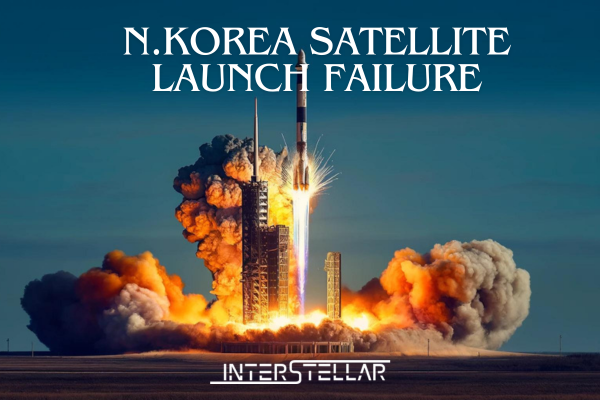North Korea’s recent satellite launch exploded shortly after lift-off, crashing into the Yellow Sea. Despite the failure, analysts believe it demonstrates significant progress in the country’s space ambitions.
Details of the Launch Failure
The satellite launch failed during the rocket’s first stage, which used a new “liquid oxygen and petroleum engine.” State media KCNA reported an initial analysis suggested the new liquid-fuel rocket motor might have caused the failure, though other possibilities are under investigation.
Analysts speculate the rocket used for this launch was different from the Chollima-1 rocket, which had several explosive test failures before its successful launch in November 2023. The Chollima-1 used hypergolic fuels, which ignite on contact and can be stored at room temperature, unlike the liquid oxygen used in the latest launch.
Possible Russian Assistance
The use of a petroleum fuel and liquid oxygen engine hints at possible assistance from Russia. Lee Choon-geun, an honorary research fellow at South Korea’s Science and Technology Policy Institute, noted that Russia has a strong history with liquid oxygen-kerosene fuel. South Korea’s Naro and Nuri rockets, developed with Russian cooperation, use similar technology.
Liquid oxygen, which boils at -183°C (–297°F), requires specialised storage and equipment, explaining North Korea’s multiple static rocket tests last year. Lee highlighted the challenges of solving combustion instability problems and using materials that can endure extreme temperatures.
Strategic Implications
Some analysts question North Korea’s switch to this engine type, but Lee suggested it could help separate their civilian space programme from military ballistic missiles, which are banned by the UN Security Council. Reports from Yonhap news agency, citing a South Korean defence official, mentioned Russian experts aiding North Korea’s satellite programme, although the specifics of this assistance remain unclear.
Future Prospects
Shin Jong-woo, a senior researcher at the Korea Defense and Security Forum, believes that if North Korea can correctly analyse the data from the two-minute flight, they could re-launch soon. However, South Korea’s military indicated that it might take North Korea some time before another attempt.
International Reactions
South Korea’s military released footage showing the launch failure, filmed by a patrol vessel. Japanese broadcaster NHK also aired video from the Chinese border city of Dandong, showing a similar explosion.
Nuclear envoys from South Korea, the United States, and Japan condemned the launch as a violation of UN Security Council resolutions, following a three-way summit in Seoul.





